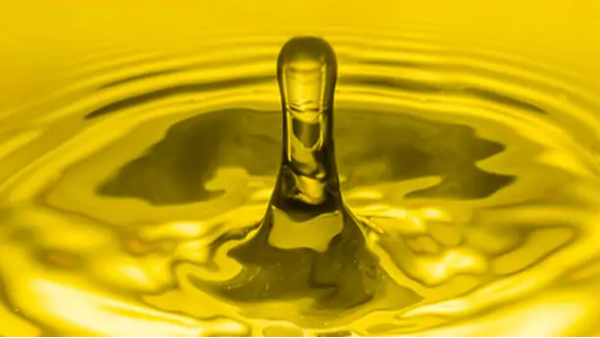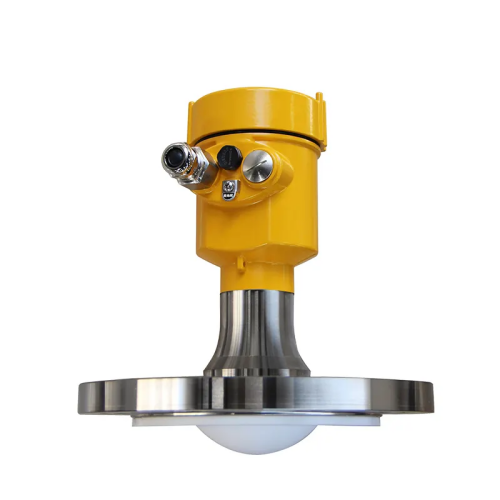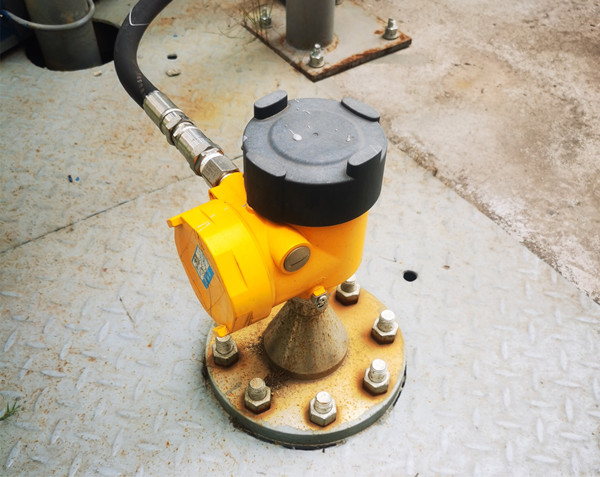BETTER TOUCH BETTER BUSINESS
Contact Sales at KAIDI.
Radar Level Meter Because of its non-contact measurement and high accuracy characteristics in the field of industrial production level measurement has been widely used, however, in practical applications, especially in the liquid oil and grease and other high-viscosity media measurement process, the performance of the radar level meter may be affected to some extent. The purpose of this paper is to analyse the specific impact of grease on the measurement of radar level meter, and provide the corresponding response strategy.
Radar level meters determine distance by transmitting microwave signals and receiving their reflected waves. When these microwaves encounter the surface of the medium, they are reflected back to the sensor, which determines the distance by calculating the round trip time of the signal. Under ideal conditions, this process is simple and accurate. However, properties of the grease such as viscosity, dielectric constant and temperature variations can interfere with the measurement results.

Viscosity is one of the primary factors affecting the propagation of radar waves. Highly viscous grease slows down the propagation of microwaves through it, which affects the strength and timing of the reflected signal. This weakened signal can lead to measurement errors or erratic readings. In addition, if the grease is mixed with air bubbles or impurities, these inhomogeneities can further distort the microwave propagation path, resulting in erroneous measurements. Variations in dielectric constant can also have an impact on measurement accuracy. Different types of grease have different dielectric constants, which determine the efficiency of microwave reflection in the medium.

If the dielectric constant of the grease is too low, it may cause the microwave signal to penetrate the medium instead of reflecting back, so that the radar level meter will not be able to capture an effective echo signal. Temperature variation is also a factor that should not be ignored. The viscosity and density of grease varies with temperature, which in turn affects the dielectric constant. An increase in temperature usually results in a decrease in the viscosity and density of the grease, which may increase the propagation speed of the microwaves and vice versa. Therefore, the use of radar meter in environments with large temperature fluctuations requires special attention to temperature compensation measures.

In view of the above problems, appropriate measures can be taken to improve the application of radar meter in greasy media. For example, choose a special type of radar level meter suitable for high viscosity media, which usually has stronger signal processing capability. At the same time, regular cleaning of the antenna to avoid grease adhesion, can ensure the effective transmission of the signal. The effects of temperature changes can be solved by installing temperature sensors and using radar level meters with temperature compensation algorithms. Although some physical properties of grease and oil bring challenges to the measurement of radar level meters, these effects can be effectively controlled or even minimised by choosing the right equipment and adopting correct use and maintenance measures.
We are here to help you! If you close the chatbox, you will automatically receive a response from us via email. Please be sure to leave your contact details so that we can better assist